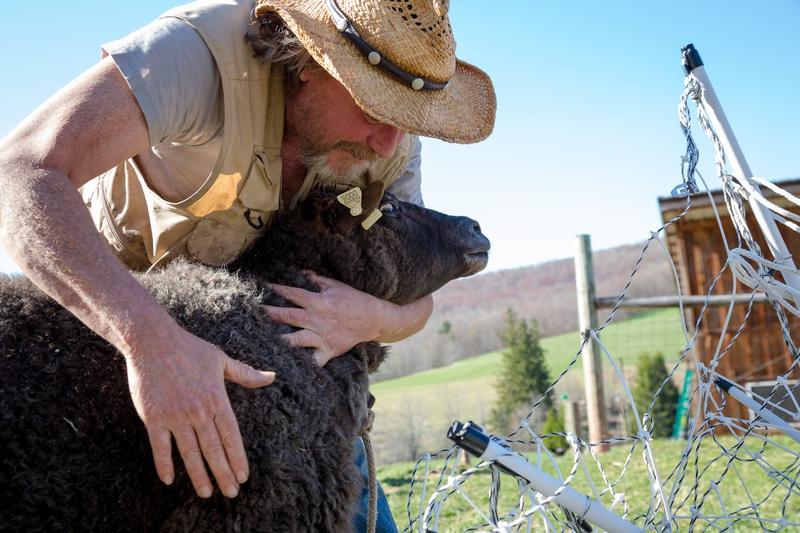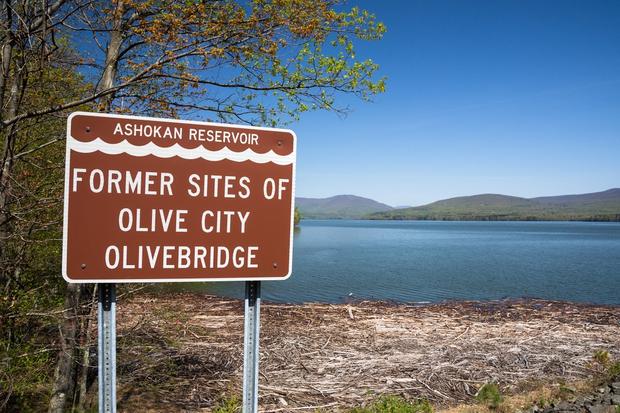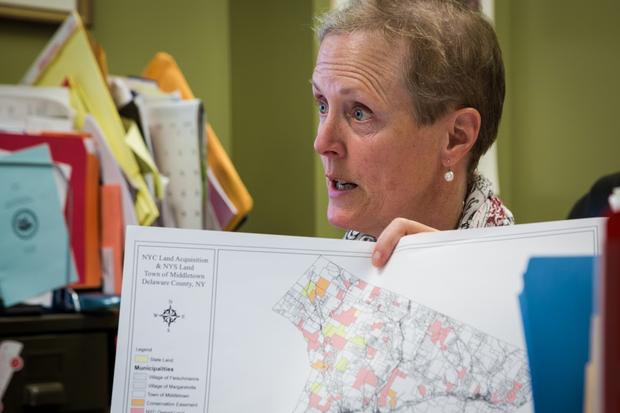
Middletown, N.Y., is a three-hour drive from Manhattan. But far-off New York City owns about 11 percent of the town's total area. And that number will likely grow.
This is the result of the city Department of Environmental Protection’s land acquisition program. To keep delivering unfiltered water to New York City, the DEP must prove to federal regulators that it can protect the streams, creeks and tributaries that flow towards its reservoirs in the Catskill-Delaware watershed, the upstate area from which the city gets most of its water. Over the past 18 years, it has spent $1.7 billion doing just that. Some of that money has gone towards purchasing land and keeping it undeveloped. The program has been hailed as a relatively cheap, and environmentally friendly, way to deliver unfiltered water. But it has caused tensions with people living nearby.
To animate our interactive graphic, click on the "see how" button.
Some of these tensions go back to the decision by New York City and state in the early 1900s to force people off their lands to make room for reservoirs and dams. In 1997, the city began its current shopping spree, but buys land only from willing sellers.
Even so, Town Supervisor Marjorie Miller worries that these land transactions could stifle economic development in Middletown, a community that’s had hard times.
“We’re still trying to figure out how to get our feet back under us and deal with it in a way that is looking long term for our sustainability,” she said.
The DEP says buying land is far preferable to building a filtration plant for the water it gets from west of the Hudson. The agency recently opened the Croton Filtration Plant for its reservoirs in Westchester, at a cost of $3.5 billion. A filtration plant for the much larger Catskill Watershed — which provides 90 percent of the city’s drinking water — is estimated to cost at least $10 billion.
The DEP insists that its presence in the watershed does not contribute to the region’s economic problems. And it says it has been doing a lot to repair its relationship with local communities, like upgrading septic tanks and working with farmers to make their operations more water friendly. Right now, the DEP is working to meet state requirements that will allow it to continue delivering unfiltered water. It has to take the first step toward buying another 300,000 acres by 2017, though it doesn’t have to buy them. So far, it is halfway to that goal.
For more details, listen to the audio version. Go to CityLimits.org for the companion story.


